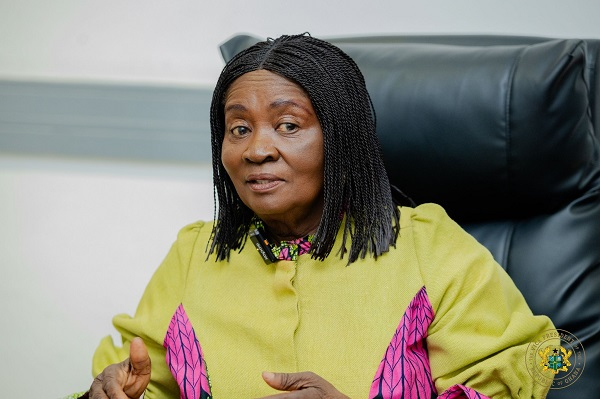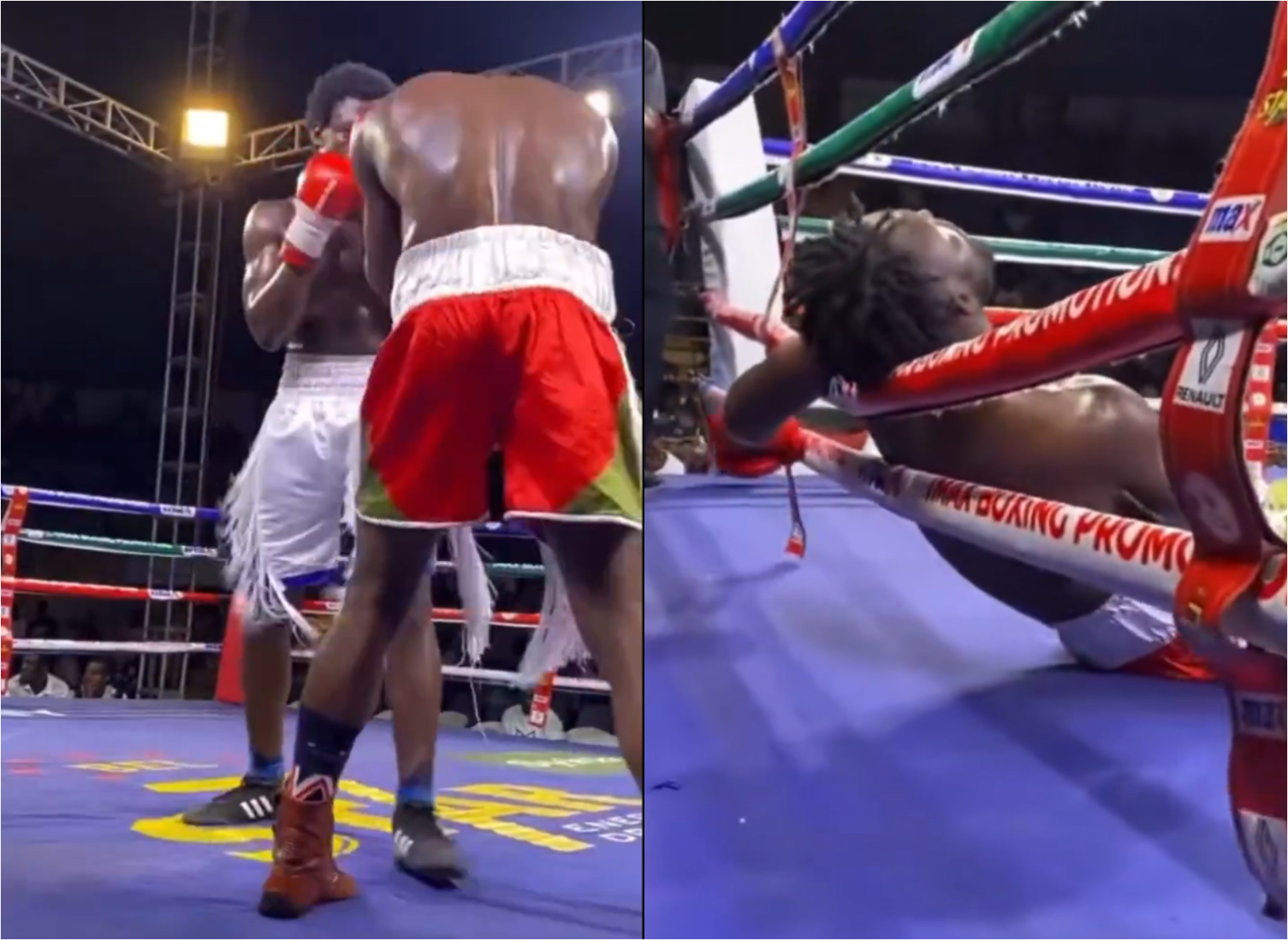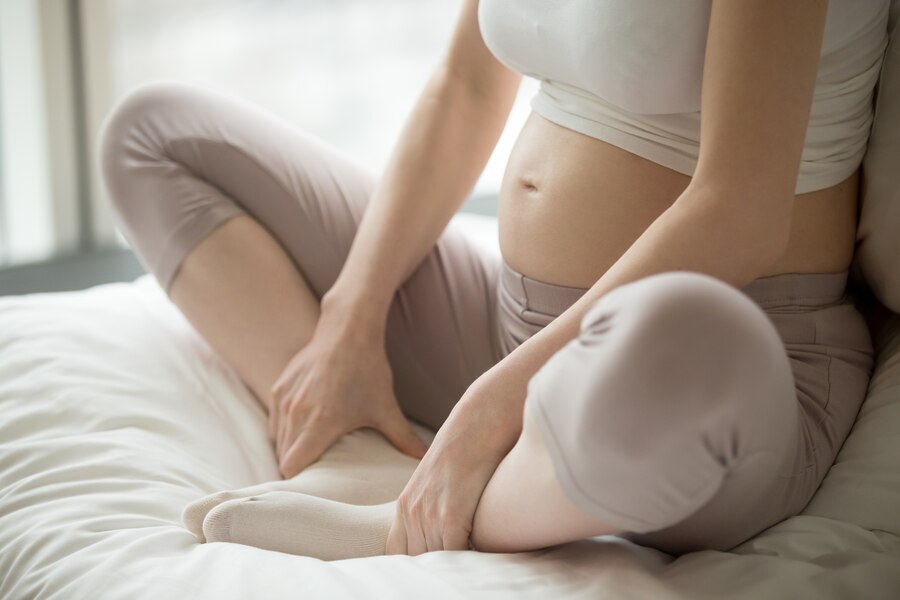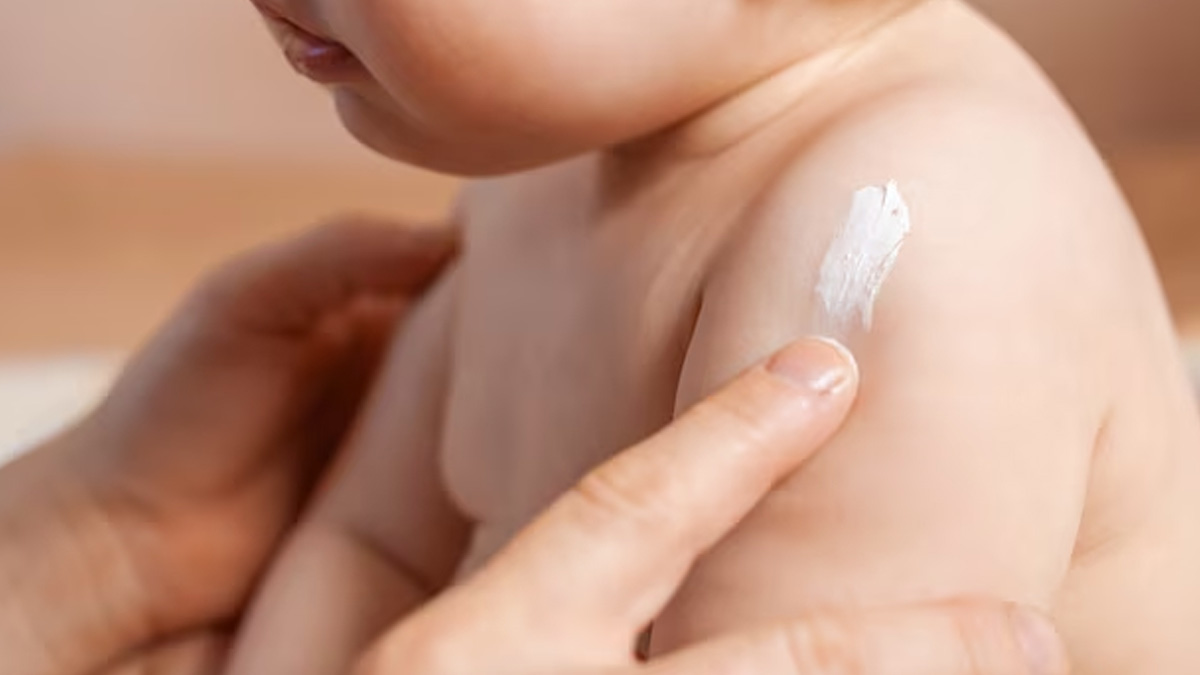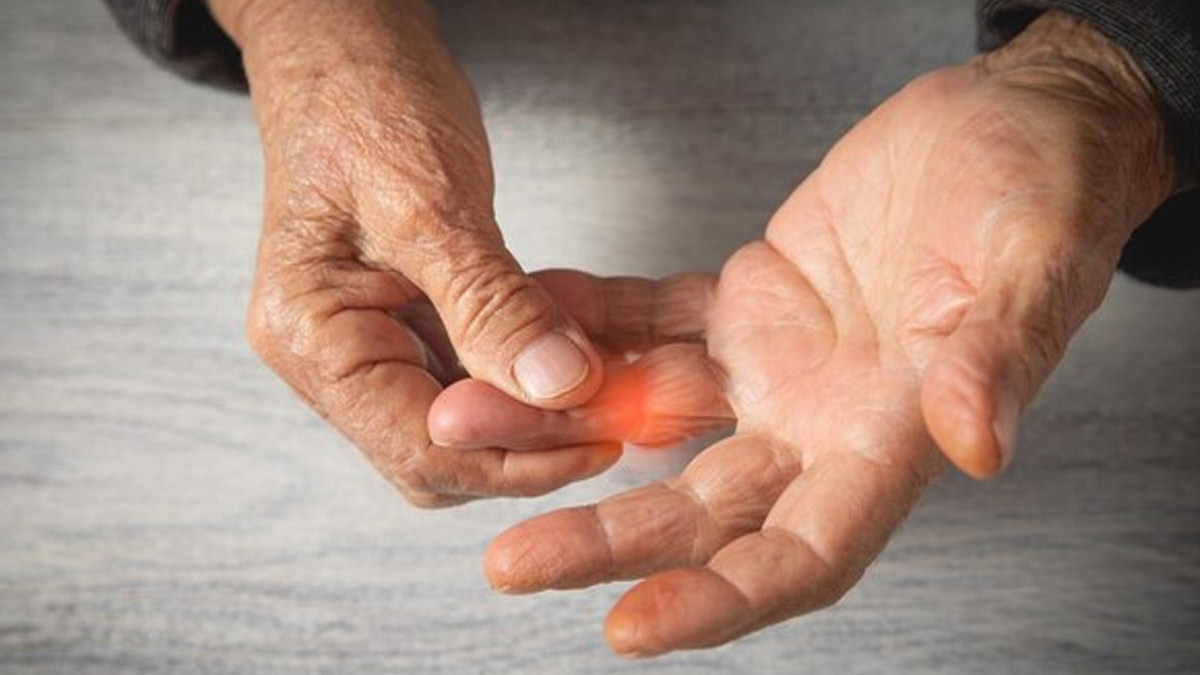Period Pain Or Something More Expert Answers If It Could Be Endometriosis
Are you confused by persistent menstrual pain that seems more intense than usual? Menstrual cramps usually show up a day or two before your period and can be managed with simple remedies like a heating pad or painkillers. But if the pain is sharper, lasts longer, or affects your daily life, it may be an indicator of a health condition known as endometriosis. We spoke to our expert who explained how to differentiate endometriosis from menstrual cramps.

“Menstrual cramps, also known as primary dysmenorrhoea, are cramps that usually start a day or two before your actual period starts. They are often manageable with over-the-counter pain relief or a heating pad. The discomfort generally subsides within a few days and is considered a normal aspect of the menstrual cycle”, explained Dr Srivastava.
According to a 2023 study, you are more likely to experience severe cramps if:
You have a family history of menstrual cramps

On the other hand, endometriosis is a medical condition where tissue similar to the lining of the uterus begins to grow outside the uterus. “This can occur on the ovaries, fallopian tubes, or other areas within the pelvic region. The pain associated with endometriosis can be more intense and persistent, lasting from several days to even weeks,” said Dr Srivastava.
Also, the pain isn't confined to the menstrual period as it can occur anytime. This includes discomfort during ovulation, bowel movements, or urination. The pain is often described as sharp or stabbing and can significantly affect mental well-being and overall quality of life.
“The pain from endometriosis is not confined to the menstrual period. Women may experience discomfort during ovulation, bowel movements, or urination. The pain is often described as sharp or stabbing and can significantly affect mental well-being and overall quality of life,” added Dr Srivastava.
According to Yale Medicine, a normal menstrual cycle is marked by the thickening and discharge of the endometrium. However, in cases of endometriosis, tissue outside the uterus is also shed into the abdominal cavity. This monthly shedding during menstruation leads to pain, inflammation, and the formation of scar tissue, which is why many women with this condition experience painful periods.
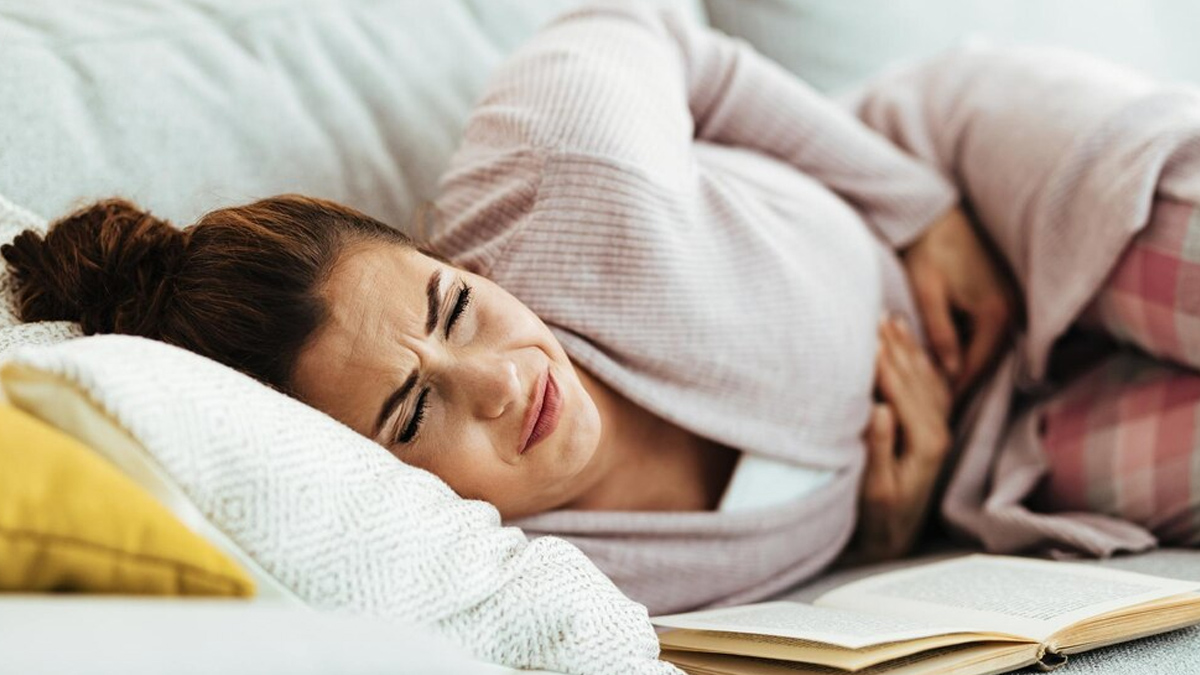
Response to Treatment
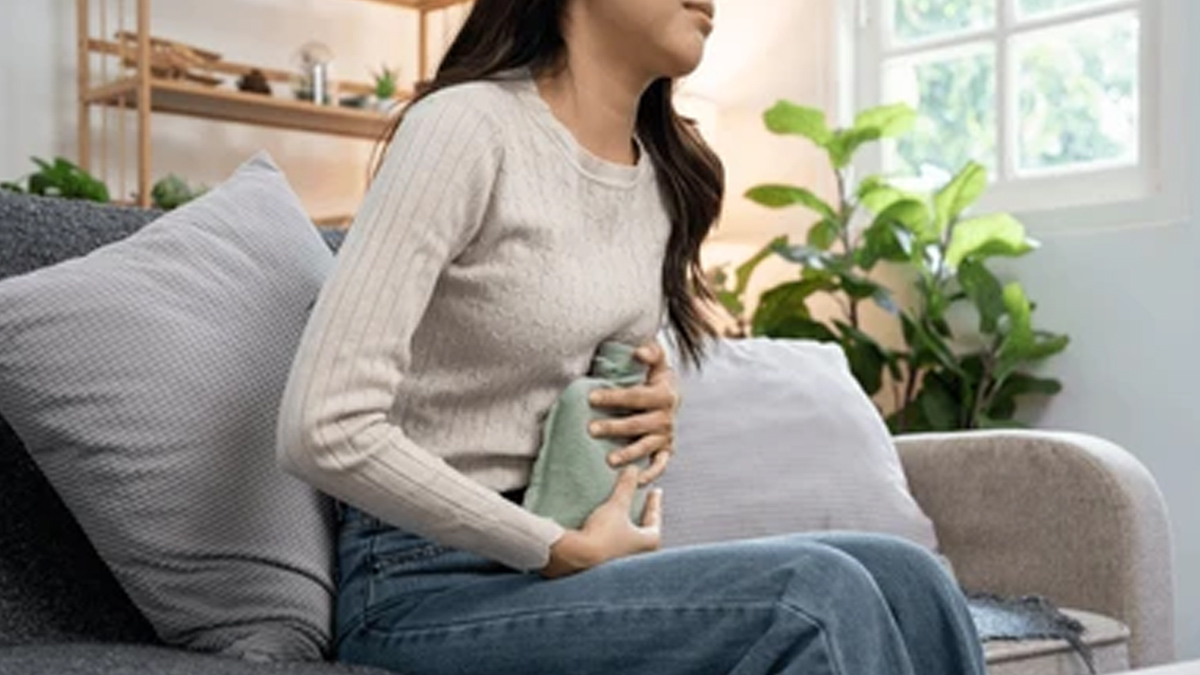
Dysmenorrhoea, or menstrual pain, is a common symptom of endometriosis. It can occur in up to 90% of women, with severe symptoms experienced by as many as 30%. It is estimated that between 7-15% of women have endometriosis, as stated in the Johns Hopkins Medicine.
Women must monitor their symptoms to identify signs of endometriosis. Some warning signs include:
[ This article contains information provided by an expert and is for informational purposes only. Hence, we advise you to consult your professional if you are dealing with any health issues to avoid complications.]

